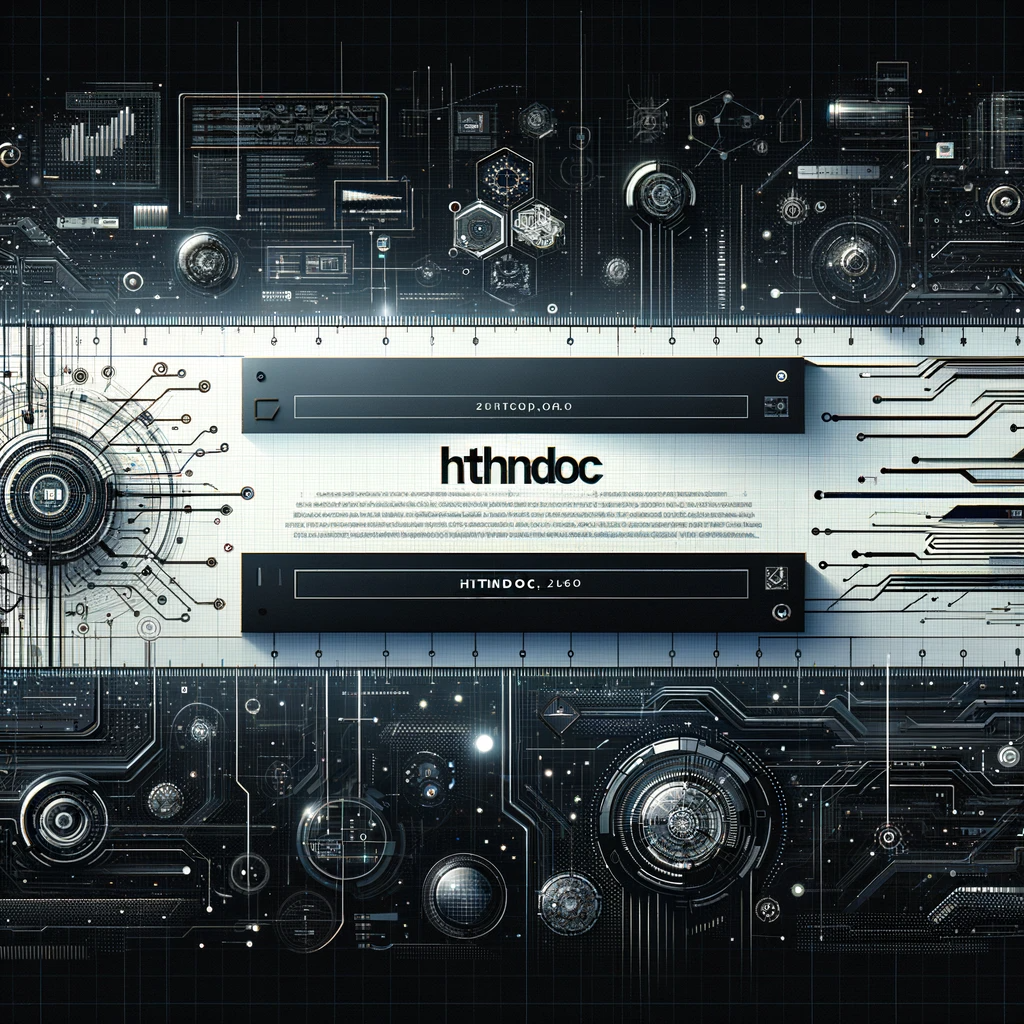The Innovative Process of Synthetic Meat Production: Materials and Methods
Synthetic meat, a revolutionary frontier in the food sector, promises to change our approach to meat consumption. In this article, we will delve into its composition, production methods, and potential for the future of food.
Section 1: Synthetic Meat: Definition and Context
What is Synthetic Meat? Definition, Objectives, and Historical Context
Synthetic meat, also known as cultured or lab-grown meat, represents a groundbreaking development in food technology. It is produced by cultivating animal cells in a controlled environment, which aims to replicate the taste, texture, and nutritional value of traditional meat without the need for raising and slaughtering animals.
Objectives of Synthetic Meat:
-
Ethical Consumption: One of the primary objectives of synthetic meat is to provide an ethical alternative to conventional meat by eliminating the need to kill animals, addressing concerns related to animal welfare.
-
Environmental Sustainability: Cultured meat has the potential to significantly reduce the environmental impact associated with traditional livestock farming, including lower greenhouse gas emissions, reduced water usage, and lesser land requirements.
-
Food Security: With the growing global population and increasing demand for meat, synthetic meat offers a sustainable solution to meet the rising food needs without overburdening natural resources.
Historical Context:
The concept of cultured meat dates back to the early 21st century, with significant scientific interest emerging as a response to the growing concerns about the sustainability and ethics of meat consumption. The first major breakthrough occurred in 2013 when the first lab-grown burger was publicly tasted in London. This event marked a significant step forward in the field and catalyzed further research and development.
Since then, advancements in cellular agriculture and biotechnology have accelerated the development of synthetic meat. Various startups and research institutions around the world are actively involved in refining the production process, making it more cost-effective and scalable.
While still in its early stages compared to traditional meat production, synthetic meat is rapidly evolving, driven by technological innovations and growing consumer interest in more sustainable and ethical food choices.
Section 2: The Composition of Synthetic Meat
The role of Stem Cells and their importance
Essential nutrients for cell growth Scaffolding Techniques: creating the structure of meat
Section 3: The Step-by-Step Production Process
Selection and Preparation of Stem Cells Stages of Cultivation and Differentiation Maturation Processes: how meat is formed
Section 4: Technological Innovations in the Production of Synthetic Meat
The production of synthetic meat is at the forefront of significant technological advancements. These developments are driven by the need to make the process more efficient, sustainable, and closer to the structure and taste of traditional meat.
Advanced Cell Culture Techniques: Scientists are improving methodologies to cultivate stem cells more rapidly and in larger quantities. This includes the use of bioreactors, which allow cell cultivation in controlled conditions and on a large scale.
3D Scaffolding: One of the major challenges in producing synthetic meat is creating a three-dimensional structure that mimics the complexity of muscle tissues. The use of 3D printing techniques and biocompatible materials is helping to overcome this obstacle, enabling the creation of products that replicate not only the flavor but also the texture of real meat.
Nutrient Optimization: To ensure that lab-grown meat is as nutritious as traditional meat, researchers are working on optimizing the nutrient mix, including proteins, vitamins, and minerals essential for cell growth.
Reduction of Production Costs: Initially, the production of synthetic meat was extremely expensive. However, thanks to innovations in production processes and the reduction in the cost of raw materials, it is becoming increasingly accessible.
Sustainability and Reduction of Environmental Impact: A fundamental aspect of synthetic meat is its potential reduced impact on the environment compared to traditional farming. Technological developments are focused on reducing water and energy consumption and greenhouse gas emissions.
Acceptance and Regulation: Beyond technological aspects, significant progress is also being made in terms of regulation and consumer acceptance. Regulatory approval is crucial for the entry of these products into the traditional food market.
Section 5: Challenges and Potential of Synthetic Meat
Technological and Scientific Obstacles Market Potential and Environmental Impact
Section 6: The Future of Synthetic Meat and Its Social Impact
Ethical Implications: Synthetic meat offers a potential solution to many ethical concerns related to intensive farming and animal welfare. By reducing reliance on traditional meat, it could significantly decrease animal suffering. However, new ethical questions arise regarding the manipulation and use of stem cells.
Social Impact: The adoption of synthetic meat could lead to significant changes in agricultural and food industries. While some see this innovation as an opportunity for growth and development, others fear job losses in traditional sectors like farming and butchering.
Reducing Environmental Impact: From an environmental standpoint, synthetic meat has the potential to reduce the carbon footprint of meat production, lessen the use of resources like water and land, and decrease deforestation. These factors make it an attractive option in a context of growing concern about climate change.
Food Safety and Nutrition: Synthetic meat could play a crucial role in addressing global food security. Being produced in controlled conditions, it could offer a more secure and consistent protein source, especially in regions where food supply is unstable.
Regulation and Standardization: For synthetic meat to become a widespread food product, clear regulation is necessary. This includes safety standards, labeling, and transparency for consumers.
Public Acceptance: Another key aspect is consumer perception and acceptance. Familiarization with the concept of lab-grown meat and its acceptance as an alternative to traditional meat will be crucial for its long-term success.
In conclusion, synthetic meat represents a promising innovation with profound implications for the environment, health, and economy. This article has explored in depth its characteristics, production processes, and future challenges, highlighting the importance of research and development in this field.





